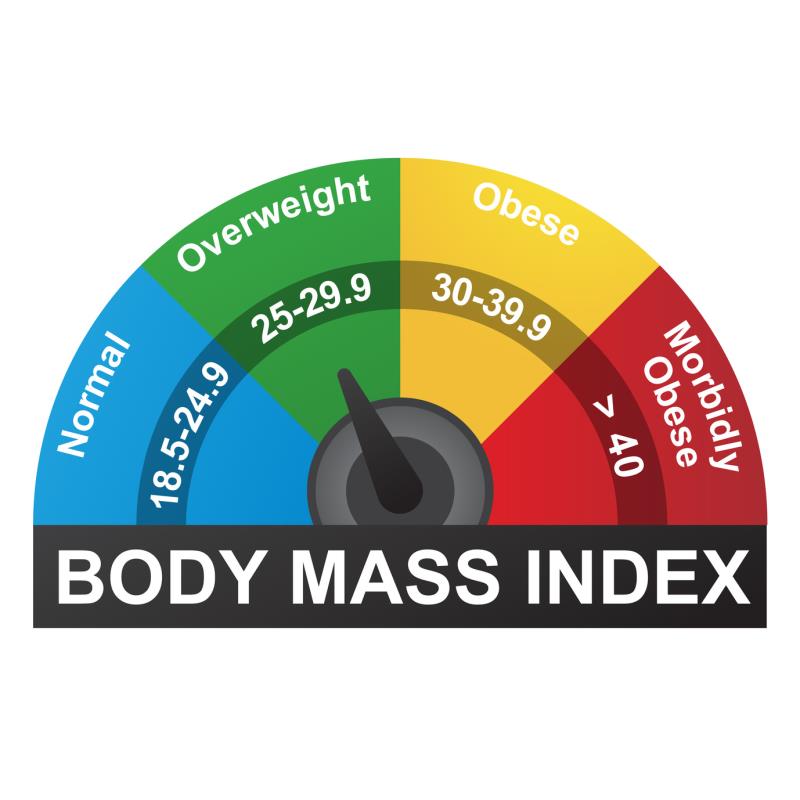
Body mass index (BMI) is inversely associated with the risk of total, ischaemic and haemorrhagic stroke among patients with type 2 diabetes (T2D), suggests a recent study.
A total of 8,918 incident stroke events occurred among 67,086 T2D patients during a mean follow-up of 3.74 years. Across different categories of BMI at baseline (18.5–24.9 [reference group], 25.0–29.9, 30.0–34.9, 35.0–39.9 and ≥40 kg/m2), multivariable-adjusted hazard ratios were 1.00, 0.92, 0.85, 0.74 and 0.63 (p-trend<0.001) for total stroke; 1.00, 0.93, 0.88, 0.77 and 0.65 (p-trend<0.001) for ischaemic stroke; and 1.00, 0.79, 0.50, 0.50 and 0.41 (p-trend<0.001) for haemorrhagic stroke, respectively.
The graded inverse association between BMI and stroke risk did not change when an updated mean BMI value was used. In addition, the linear association was consistent among patients of different subgroups.
“Further sensitivity analysis excluding patients who were diagnosed stroke within 6 months after first diagnosis of T2D or including nonsmokers only also confirmed our findings,” the authors said.
“More clinical and molecular insights are still needed in explaining these findings,” they added.
This retrospective cohort study that examined the relationship between BMI and stroke risk in T2D patients extracted demographic, anthropometric, laboratory and medication information from the National Patient-Centered Clinical Research Network common data model. Incident stroke, including both ischaemic and haemorrhagic, were defined.
“Very few studies focused on the association between BMI and stroke risk among patients with diabetes,” the authors noted.